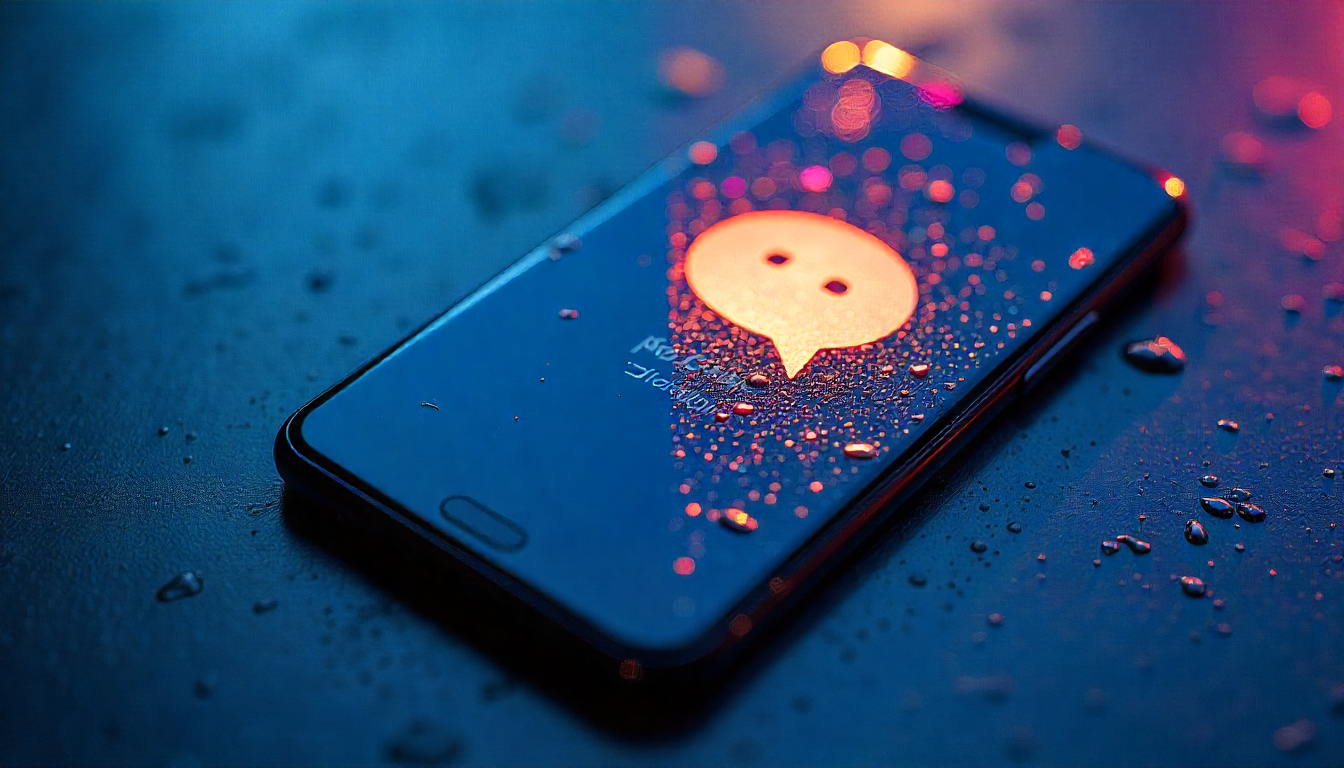Introduction
In the competitive world of medical school admissions, every detail counts. From your GPA to your personal statement, each component of your application is meticulously scrutinized. But there’s another crucial element that might just tip the scales in your favor—a professional photo. This seemingly simple addition can make a significant impact on how you’re perceived by admissions committees. However, what exactly do med schools mean when they ask for a “professional photo”? This blog post will decode this requirement, offering insights and tips to ensure your application stands out for all the right reasons.
Med School App Headshot
The Impact of a Professional Photo on Your Application
First Impressions Matter
In a sea of outstanding candidates, a professional photo can be the first impression you make. It’s not just about looking good; it’s about projecting confidence, professionalism, and readiness for the rigors of medical school. Admissions officers often use your photo as a quick reference, associating your face with your application. A well-taken photo conveys that you are serious and committed to your future career in medicine.
What Admissions Officers Look For
Admissions officers seek photos that reflect the qualities necessary for a successful medical professional. They want to see someone who appears approachable, capable, and prepared. A research study found that non-verbal cues in photos, such as a genuine smile and direct eye contact, can significantly influence perceptions. Therefore, a professional photo isn’t just about aesthetics—it’s about communicating your potential to thrive in a demanding environment.
Standing Out in a Competitive Pool
With thousands of applications, even small details like your photo can make a difference. A polished and professional image can set you apart from applicants who may not have given this aspect much thought. It shows that you pay attention to detail, a crucial trait for any medical practitioner.
Understanding the Criteria for a Professional Photo
What Defines “Professional”?
When med schools request a professional photo, they’re looking for more than just a headshot. A professional photo should convey a sense of respectfulness and readiness for a professional setting. This means being mindful of your attire, posture, and expression.
Attire Matters
For men, a classic shirt and tie or a suit is often recommended. Women might opt for a blouse, blazer, or a conservative dress. It’s advisable to avoid flashy patterns or colors, focusing instead on neutral tones that keep the attention on your face.
Background and Presentation
The background of your photo should be simple and uncluttered. A plain, light-colored wall is ideal as it doesn’t distract from the subject. Your presentation should be neat and well-groomed, ensuring that your hair is tidy and any makeup enhances rather than overwhelms your natural features.
DIY vs. Professional Photographer: Which is the Best Approach?
Pros and Cons of DIY
Taking your photo at home can save money and allow for multiple attempts until you get it right. However, it requires a good understanding of basic photography principles to achieve a professional look. If you choose the DIY route, invest in a tripod and use a high-quality camera to ensure clarity and sharpness.
Benefits of Hiring a Professional
Hiring a professional photographer can be an excellent investment. Professionals have the expertise to ensure optimal lighting, composition, and editing, which can significantly enhance the quality of your photo. They can also provide guidance on posing and facial expressions to help you look your best.
Tips for a DIY Photo
If you decide to take the photo yourself, ensure you use natural light by positioning yourself near a window. Use a plain background and dress in professional attire. A neutral expression with a slight smile is recommended, as it projects approachability and confidence.
Technical Tips for a Standout Professional Photo
Lighting is Key
Good lighting can make a world of difference in how your photo turns out. Natural light coming from in front is ideal, as it reduces shadows and highlights your features evenly. Avoid harsh overhead lighting that can cast unflattering shadows.
Framing and Composition
Your photo should be framed with your head and shoulders in the shot. Ensure there’s enough space above your head and that your eyes are roughly one-third down from the top of the frame. This composition is pleasing to the eye and keeps the focus on your face.
Editing Without Overdoing It
Editing software can be used to adjust brightness and contrast, but avoid over-editing. The aim is to enhance your natural appearance, not alter it. Subtle adjustments can help your photo look polished without appearing artificial.
Real-World Examples and Analysis
Before and After Transformations
Examining before-and-after examples of professional photos can provide valuable insights into what works. In the “before” images, you might notice common issues like poor lighting or distracting backgrounds. The “after” photos, however, will likely feature improved lighting, better composition, and a more polished overall appearance.
Analyzing What Works
In analyzing these transformations, you’ll notice that subtle changes can have a significant impact. Consistent lighting, a slight tilt of the chin, or a more relaxed expression can completely change the perception of the photo. Understanding these elements can help you replicate a professional look in your own photo.
Learning from Mistakes
Common mistakes include overly casual attire or busy backgrounds. These detract from the professionalism of the image. By learning from these examples, you can avoid similar pitfalls and ensure your photo meets the expected standards.
YOU MAY ALSO LIKE
How Digital Signage is Revolutionizing Church Communication
Conclusion
A professional photo is more than just a snapshot; it’s a strategic component of your med school application. By understanding what med schools are looking for, you can ensure your photo reflects the professionalism and dedication they seek. Whether you choose a DIY approach or hire a professional, remember that attention to detail can make all the difference.
Start preparing early to ensure you have plenty of time to perfect your photo. Research what’s expected, practice different poses, and perhaps consult with a professional if you’re unsure. With the right preparation, your photo can become a powerful tool in your application, making a lasting impression on admissions committees.
Frequently Asked Questions
1. What type of attire is best for a med school app headshot?
Neutral, professional attire is recommended; men should wear a shirt and tie or suit, while women should opt for a blouse or conservative dress.
2. Can I take my own med school app headshot?
Yes, but ensure good lighting and a plain background, and dress professionally to achieve a polished look.
3. What should I avoid in a med school app headshot?
Avoid flashy patterns, busy backgrounds, and casual attire; these can detract from a professional appearance.
4. How important is lighting for a professional photo?
Lighting is crucial; natural light from in front reduces shadows and highlights your features more evenly.
5. Should I hire a professional for my headshot?
While hiring a professional can enhance quality, if you choose DIY, focus on composition, lighting, and editing minimally.











